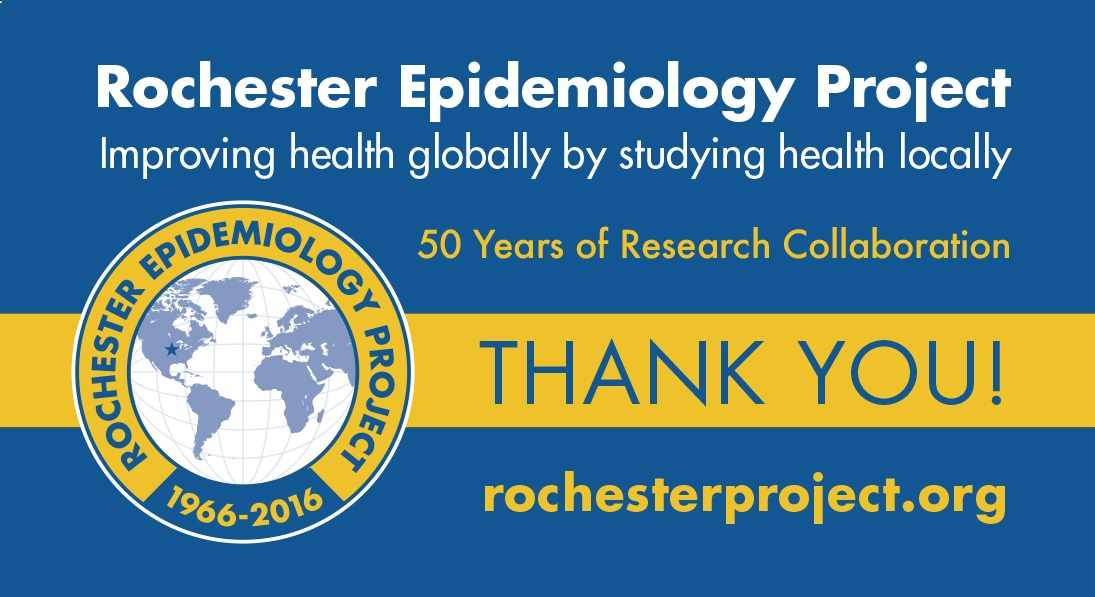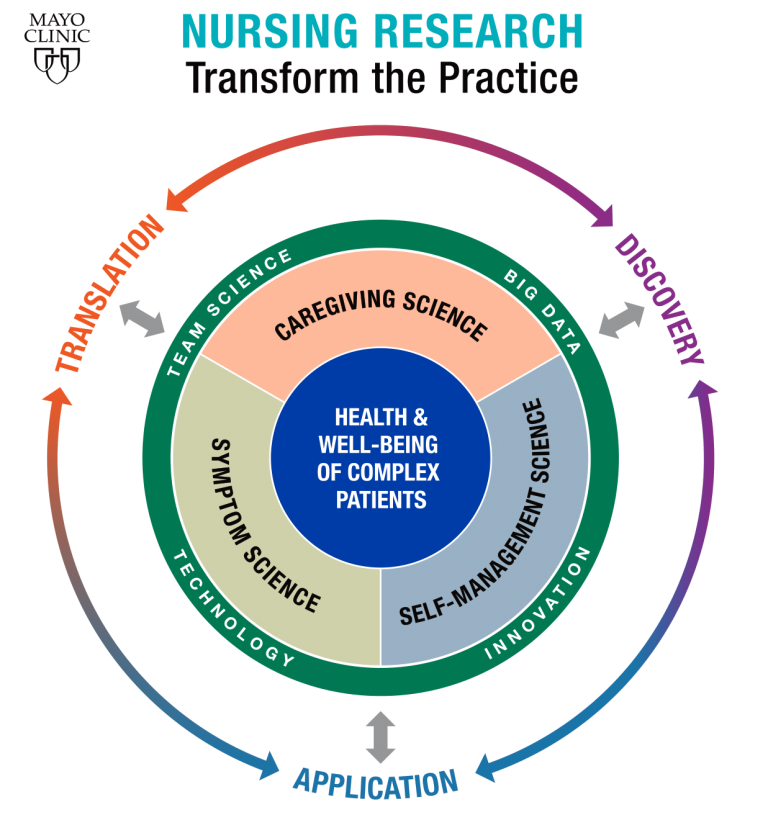-
Hidden gem celebrates 50 years of making a difference in population health
ROCHESTER, Minnesota — It has been 50 years since Leonard Kurland, M.D., came from the National Institutes of Health (NIH) to Rochester and established what would become a world-class, but often overlooked, gem in health care research: the Rochester Epidemiology Project (REP).
Dr. Kurland’s vision was a big data storehouse containing the full health and wellness stories – from birth to death – of every resident of Olmsted County, Minnesota. This fountain of knowledge would provide the underpinnings of many significant population health findings. However, his vision required the cooperation of all health care providers in the county. They had to be willing to invest time and technology to build what is now a premier population health repository and a unique medical records linkage system.
The REP is one of a kind.
“This unique national resource is unmatched in our country in terms of the depth and breadth of information about a single population,” says current REP co-director Walter Rocca, M.D. “And it does not have a lot of international equivalents either.”
The REP has led to more than 2,600 publications looking at where, when and how often various diseases occur, and finding causes and possible ways to prevent diseases. It is the data source for 22 major federally funded research initiatives and many other projects.
“The REP allows us to answer questions that cannot be answered anywhere else,” says Dr. Rocca. “Without the foresight and collaboration of the health care providers in Olmsted County over 50 years, we never would be able to do what we do today – or to discover something new tomorrow.”
Well over 95 percent of Olmsted County residents have become part of the REP (most recently through the Minnesota Research Authorization), contributing to worldwide understanding of health topics including:
- Brain health
For example, because of the REP, the world knows that head trauma earlier in life can lead to dementia, Parkinson’s and epilepsy. Doctors also know that, for very young children, it’s best to delay surgery, if possible, because anesthesia use can cause attention deficit hyperactivity disorder (ADHD). REP data showed that the risk of dementia is declining, but the risk of Parkinson’s disease has increased in recent decades. - Cancer
REP research has provided a deeper understanding of many cancers and cancer-related medical issues, such as frequency of occurrence or recurrence, screening and therapy effectiveness, and related costs. - Children’s health
REP finding changed international school screening guidelines after showing that vision screenings are useful, but scoliosis screenings may actually cause harm. The REP showed that autism was not caused by immunizations. And the REP showed that parents should start HPV immunizations for their children early (age 9 or 10); otherwise, the immunization cycle may not be completed, leaving their children unprotected from a number of cancers. - Gender-related health issues
The REP showed that more people are developing skin cancer than in the past, and women between 40 and 50 have considerably higher risk. The REP also showed that men are more likely to develop Parkinson’s disease, which is also generally on the rise. Other REP work revealed that prophylactic removal of ovaries to prevent cancer may cause more harm than good for most women without a high genetic risk.
“Fifty years is just the beginning,” says Dr. Rocca. “We will continue to build our understanding of diseases, health behaviors and environmental contributors, and their impact on future health status. With this information, we can develop ways to prevent or change the course of diseases, and, hopefully, one day, to eradicate them.”
MEDIA CONTACT: Elizabeth Zimmermann Young, Mayo Clinic Public Affairs, 507-284-5005, newsbureau@mayo.edu
To celebrate 50 years of research, and thank the community for continued participation in medical records research, the REP is engaged in a yearlong outreach program. Some upcoming opportunities to learn more about the REP include:
- Presentation & Booth
“Rochester Epidemiology Project and You”
Presentation Wednesday, Oct. 5, noon – 1 p.m. CDT
Information booth: Oct. 3-7, 9 a.m. – 5 p.m. CDT
Mayo Clinic Stephen and Barbara Slaggie Family Cancer Education Center, Gonda Building lobby level - Event
Meet the Researcher
Thursday, Oct. 13, 1:30 – 2:30 p.m.
Mayo Clinic Research Information Center, Gonda Building, lobby level - Event
Rochester Women’s Fall Expo (booth)
Saturday, Oct. 29, 9 a.m. – 4 p.m.
Mayo Civic Center
The NIH has continuously funded the REP since 1966. Initiated as a collaboration between what is now Olmsted Medical Center and Mayo Clinic, the REP has included various other private and public health care providers over its 50 years of existence. Olmsted County Public Health Services, several dental practices and Mayo Clinic Health System are now part of the REP, which has expanded to encompass 27 counties throughout Minnesota and Wisconsin. The REP is administratively managed through the Mayo Clinic Robert D. and Patricia E. Kern Center for the Science of Health Care Delivery.
###
About Mayo Clinic
Mayo Clinic is a nonprofit organization committed to clinical practice, education and research, providing expert, whole-person care to everyone who needs healing. For more information, visit: http://www.mayoclinic.org/about-mayo-clinic or https://newsnetwork.mayoclinic.org/.








